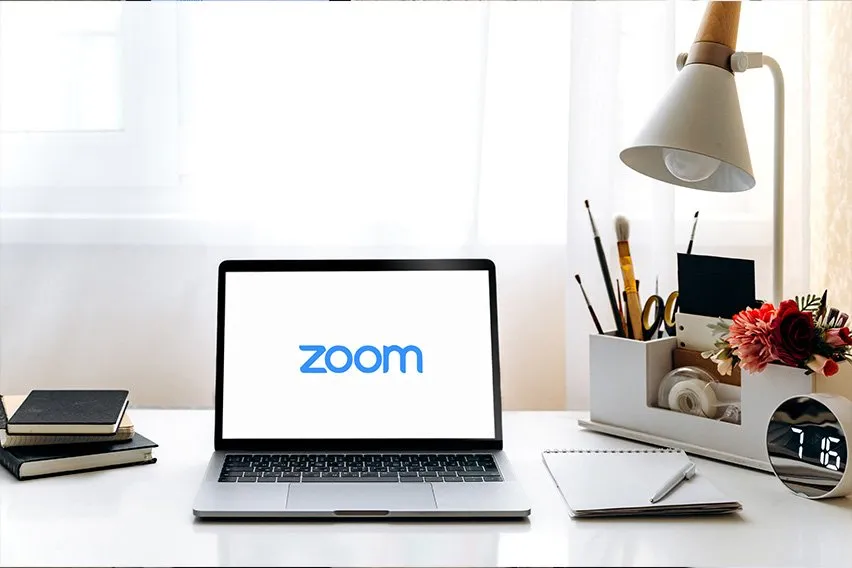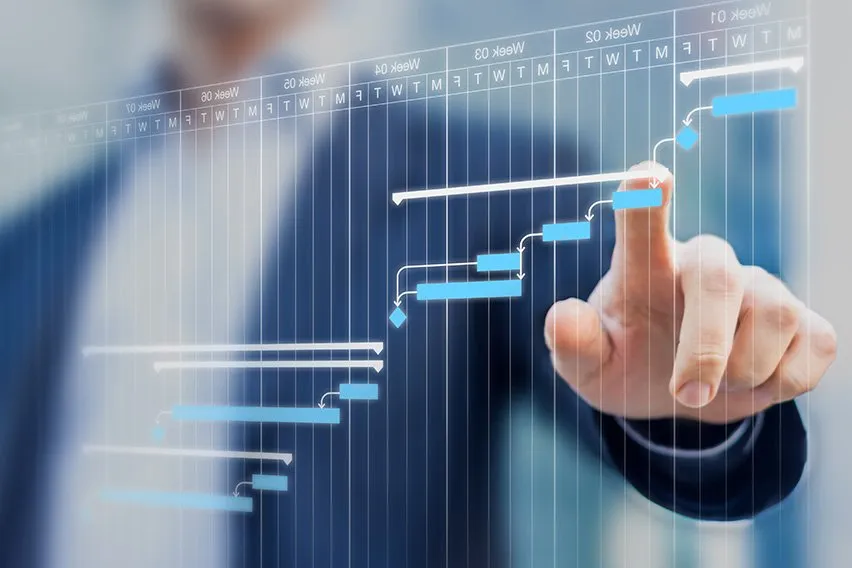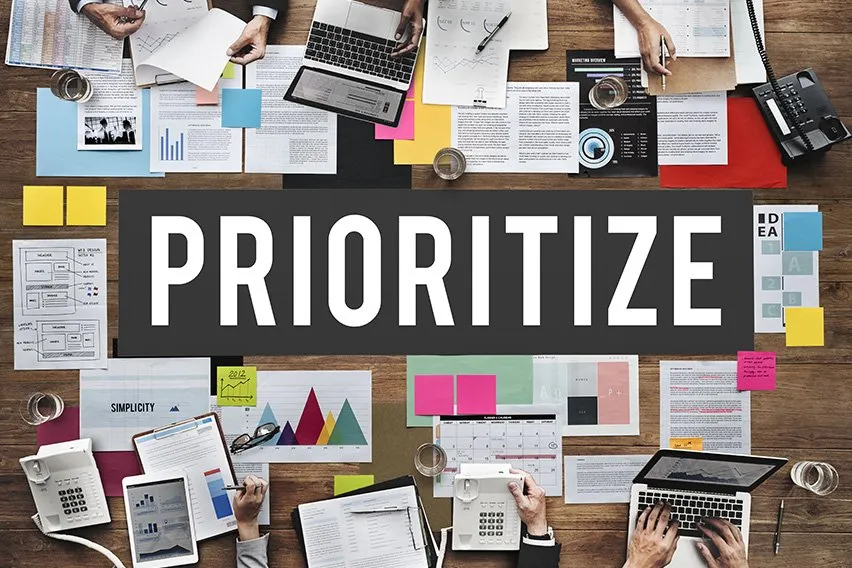What is ERP (Enterprise Resource Planning)?
As corporations scale, business needs evolve. Corporate growing pains happen when the rate of expansion is fast, and the solutions and software systems that previously sufficed are no longer effective. Automation, integration, and communication are essential, which is why businesses need enterprise resource planning (ERP) solutions.
In this guide, we’ll answer the question “What is ERP?” Keep reading to learn about definitions, fundamental principles, and the practical application of core business processes.
Here’s What We’ll Cover:
Definition of Enterprise Resource Planning
What Does an ERP Look Like in Real Life?
Choosing an ERP Software System
Finding ERP Implementation Success
ERP Vs. Customer Relationship Management (CRM)
More Planning Resources for Business
Definition of Enterprise Resource Planning
ERP stands for enterprise resource planning, which refers to a category of integrated software systems that allow a business to easily streamline critical business functions. Enterprise resource planning software assists with everything from human resources, to supply chain needs, to purchasing and inventory.
To truly answer the question of “What is ERP?”, end users should be open-minded. There are several types of ERP solutions, many of which are available in remote or cloud based applications accessible from anywhere.
While ERP is not a one-size-fits-all fix, the underlying principles of successful ERP systems are similar across the board.

The History of ERP
The ERP solutions of today began over a century ago. In 1913, an engineer named Ford Whitman Harris developed a solution called the Economic Order Quantity (EOQ) to help tackle problems with production scheduling.
The manual processes of EOQ eventually led to toolmaker Black and Decker inventing a new and improved version in the 1960s. Black and Decker’s new model was known as the MRP, for Materials Requirements Planning.
Over the next several decades, these models evolved as technology progressed. Eventually, in the 1990s, the Gartner Group officially coined the term ERP as we know it in the modern sense. Individual ERP modules led to full-fledged software systems, which led to the cloud applications that we know and leverage in today’s business marketplace.
Fundamental Principles of ERP
An important aspect of ERP is centrality. For instance, how can an organization sync all of its vital business processes into one core system? Enterprising resource planning is the cornerstone that holds these separate pieces together.
As a result, there are a few common characteristics of any strong ERP system. Use the principles below to develop your understanding of ERP and to thoroughly evaluate potential ERP software choices.
Common Data Source
An ERP system should always serve as your company’s foundational source of data. This means that the ERP software should replace data silos that keep teams and departments separated during the normal course of business.
If teams are accustomed to using multiple business applications, processes should be reduced into one seamless system.
A centralized data center can be a boost to everyone’s efforts, but it is especially helpful in creating a culture of transparency and clarity.
Real-Time Business Data
With ERP, businesses benefit from enterprise data that is updated in real time. When each team member updates their portion, the result is immediately visible to all parties with access to the cloud.
The advantage of this fundamental principle is that any company can reduce lag. Workers and team members don’t have to wait on separate databases to sync. Instead, results are immediately visible, and business operations can run more smoothly.
Customization and Flexibility
Many corporations turn to ERP because leaders identify a need for a complete overhaul in data structure. Even though the results are usually positive, business needs are unique.
The best ERP system is one that is adaptable, flexible, and customizable. Before deciding, clarify exactly what you need your chosen software system to do. What pain points do you hope to resolve immediately by implementing ERP?
ERP systems range in complexity from instant fixes for small organizations, to complex and fully integrated systems that require third party installation and training.
Departments that Use ERP
ERP systems have the potential to be used by hundreds of individuals throughout an organization. With such far-reaching capabilities, there’s no need to limit who can benefit from the right ERP software. The departments that may see the most immediate impacts are:
- Procurement
- Accounting
- Purchasing and inventory
- Supply chain management
- Distribution
- Shipping and order management
- Human resources
- Accounting
- Compliance
Truly, ERP systems touch nearly every aspect of a growing business. These processes also include anything relating to internal administration, management of vendors, and production planning.
What are the Benefits of ERP?
Adopting the best ERP system for a company has numerous benefits. Although we’ve already hinted at the perks of enterprise resource planning systems, here are a few specific benefits to making this change in your business.
Improved Supply Chain Tactics
An ERP solution can deliver immediate results to a company’s supply chain, given that the technology replaces manual spreadsheets and tracking. ERP harmonizes inventory management with other crucial steps in a supply chain that reduce delays, excess spending, and human error.
Better Reporting and Analytics
When each team relies on its own systems for reports, results can be varied and confusing. An ERP system removes this doubt by providing everyone with a cohesive look at raw data. Overall, this results in better business and financial decisions.
Reduced Costs
When business processes are scattered, expenses and product costs often go up. This can be a downfall for any business with tight profit margins. By using an ERP system, companies can order, produce, sell, and track exactly what is needed.
Business Growth
In addition to knowing limitations, ERP systems also help companies plan to scale. This can be accomplished through cost savings, distribution of important business resources, better risk management, and more opportunity for investments.
Enhanced Departmental Collaboration
Business management software can make communicating much easier. By offering real solutions for segmented teams, staff can align on goals and have better visibility into processes for which they’re not directly involved. In this way, ERP systems can reduce team friction.
What Does an ERP Look Like in Real Life?
Imagine a large scale food manufacturer that ships products all around the globe. Recently, the company has grown tremendously, both in the number of employees and in net profits. Despite this growth, business leaders identify crucial gaps in communication and a lack of visibility into the business processes around product development.
The company decides to implement a cloud based ERP solution. Immediately, the organization replaces all of its separate business data systems with one cohesive ERP solution. Outdated business software is also replaced by one seamless system that connects inventory, to risk management, to business intelligence.
Achievable ERP Results
With the ERP system in place, this food producer now has better control over its product, warehouse distribution, and supply chain processes. Additionally, managers are less frustrated with upper leadership, because everyone makes decisions from the same real-time data. Not only are profits growing, but company morale is also up.
Choosing an ERP Software System
If you’re looking for a suitable ERP solution, don’t let the variety of options deter you from making a change. ERP systems can be helpful at any level, in any industry. The most important thing is that the solution you choose offers the fundamentals of ERP in a way that your organization can understand and benefit from.
Types of ERP Software
- Out of the box. A small or new business may not need the same complexity from an ERP system as a Fortune 500 corporation would require. These solutions are usually self-taught, but they are less expensive and can be installed quickly. Out of the box choices still offer business-critical functions that improve basic operations.
- Large scale ERP framework. A large scale implementation is a massive undertaking. This usually requires a complete system or infrastructure overhaul alongside several developers or software experts. Specialization and customization are high, but these options come with a hefty cost.
- Intermediate. In the middle are intermediate ERP software solutions. These often have more personalization and robust features than an out of the box solution. At the same time, they don’t necessitate the cost or complexity of an ERP framework.
Popular ERP Solutions
With the rise of technology, an increasing number of ERP solutions have hit the market. This is particularly true for cloud based ERP models, which provide the flexibility and remote data access that many companies now require.
Some of the most identifiable ERP companies include:
- Oracle
- SAP
- Iris
- Epicor
- Acumatica Cloud
- BizAutomation
Finding ERP Implementation Success
Regardless of which type of ERP system your organization chooses, there are a few things you can do right out of the gate to ensure that your business processes are affected in a positive way.
- Provide adequate enterprise resource planning software training to all employees who will be required to use or implement it.
- Encourage and reward adoption for team members who use the ERP system effectively.
- Apply ERP solutions to different areas of your business model to encourage the greatest reach.
- Routinely check and verify that data reporting is accurate and widely used.
- Check for and remove any independent database or system that remains in the way of more complete ERP adoption.
- Use a cloud based ERP that provides enhanced security, compliance, and reliability.

ERP Vs. Customer Relationship Management (CRM)
Following the question of “What is ERP?” it’s natural to wonder about other process management solutions. One such solution is Customer Relationship Management software, also known as CRM. The differences in this software versus an ERP system are described below.
What is ERP Used For?
The primary difference between ERP systems and CRM software is that ERP is mostly for internal benefit, meaning that it improves how business units coexist. ERP systems are mostly used by departments within the company that monitor essential business and financial activities.
What is CRM Used For?
On the other hand, CRM systems provide useful data about how a business relates to its external customers. CRM platforms are largely used by teams like sales and marketing who need more insight on customer processes. At the end of the day, both software systems lead to more transparent enterprise data, which can impact the bottom line.
The Real Value of ERP
Purchasing an ERP system can be a significant investment for businesses looking to grow. Although you should expect to devote time, money, and resources into learning how to truly leverage enterprise resource planning, the results can be pivotal. If your organization’s business processes are in a rut, ERP can be the gateway to a new chapter of growth and success.
More Planning Resources for Business
- How to Organize a Business in 5 Steps
- What Are the Project Management Processes?
- Why is Project Management Important? Because It Provides a Detailed Plan
RELATED ARTICLES


 Essential Tools to Help You Work Remotely
Essential Tools to Help You Work Remotely What You Didn't Plan for When Switching to Remote Work
What You Didn't Plan for When Switching to Remote Work The Importance of Budgeting As a Freelancer: Five Essential Tips
The Importance of Budgeting As a Freelancer: Five Essential Tips 5 Effective Time Management Activities to Help Boost Employee Productivity
5 Effective Time Management Activities to Help Boost Employee Productivity How to Prioritize Work Effectively and Focus on Your Goals
How to Prioritize Work Effectively and Focus on Your Goals